Long-Huei Chen
Bridging Phylogeny and Taxonomy with Protein-protein Interaction Networks
Oct 26, 2023Abstract:The protein-protein interaction (PPI) network provides an overview of the complex biological reactions vital to an organism's metabolism and survival. Even though in the past PPI network were compared across organisms in detail, there has not been large-scale research on how individual PPI networks reflect on the species relationships. In this study we aim to increase our understanding of the tree of life and taxonomy by gleaming information from the PPI networks. We successful created (1) a predictor of network statistics based on known traits of existing species in the phylogeny, and (2) a taxonomic classifier of organism using the known protein network statistics, whether experimentally determined or predicted de novo. With the knowledge of protein interactions at its core, our two models effectively connects two field with widely diverging methodologies - the phylogeny and taxonomy of species.
CAESAR: Context Awareness Enabled Summary-Attentive Reader
Mar 04, 2018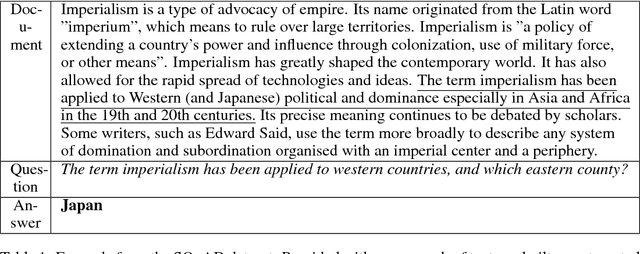
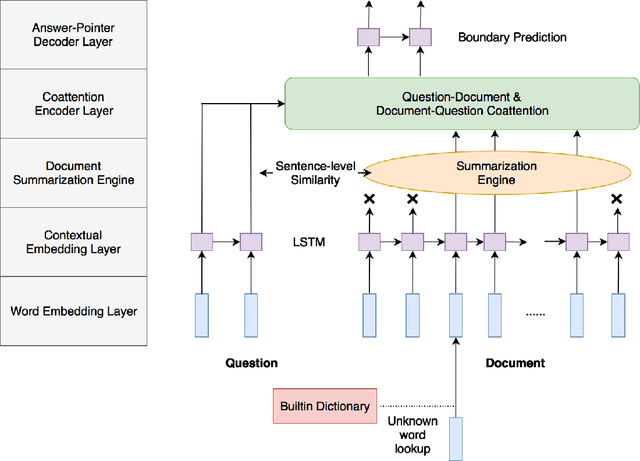
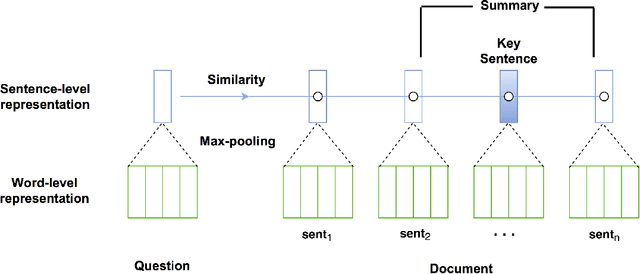
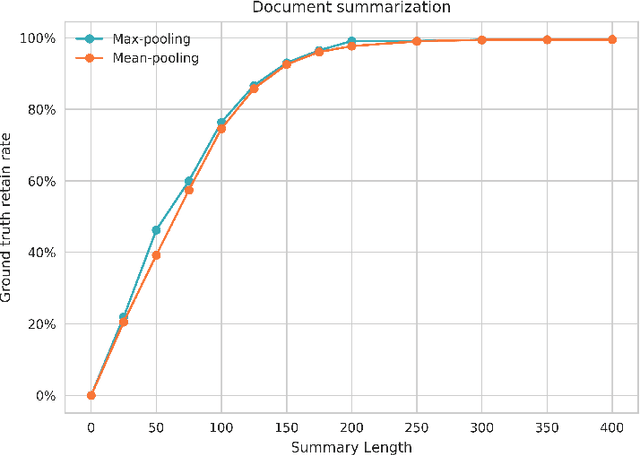
Abstract:Comprehending meaning from natural language is a primary objective of Natural Language Processing (NLP), and text comprehension is the cornerstone for achieving this objective upon which all other problems like chat bots, language translation and others can be achieved. We report a Summary-Attentive Reader we designed to better emulate the human reading process, along with a dictiontary-based solution regarding out-of-vocabulary (OOV) words in the data, to generate answer based on machine comprehension of reading passages and question from the SQuAD benchmark. Our implementation of these features with two popular models (Match LSTM and Dynamic Coattention) was able to reach close to matching the results obtained from humans.
Segmental Convolutional Neural Networks for Detection of Cardiac Abnormality With Noisy Heart Sound Recordings
Dec 06, 2016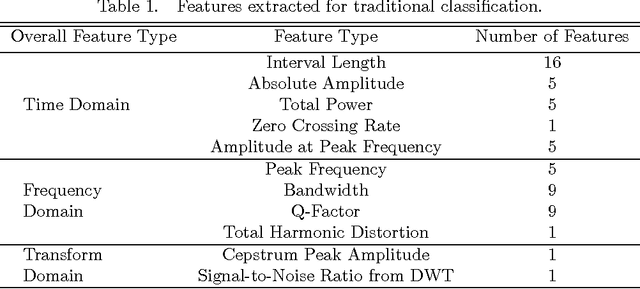
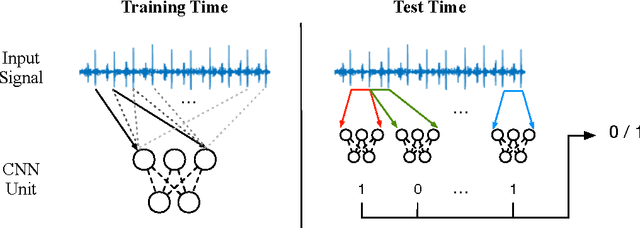

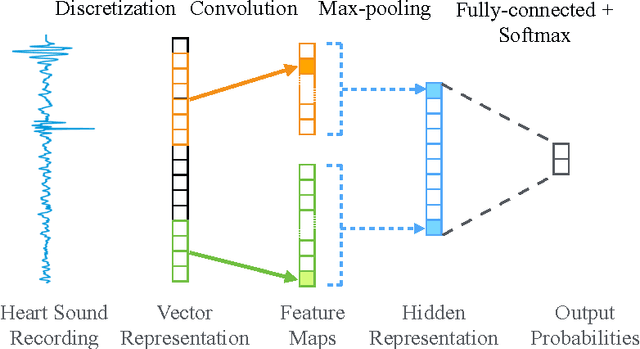
Abstract:Heart diseases constitute a global health burden, and the problem is exacerbated by the error-prone nature of listening to and interpreting heart sounds. This motivates the development of automated classification to screen for abnormal heart sounds. Existing machine learning-based systems achieve accurate classification of heart sound recordings but rely on expert features that have not been thoroughly evaluated on noisy recordings. Here we propose a segmental convolutional neural network architecture that achieves automatic feature learning from noisy heart sound recordings. Our experiments show that our best model, trained on noisy recording segments acquired with an existing hidden semi-markov model-based approach, attains a classification accuracy of 87.5% on the 2016 PhysioNet/CinC Challenge dataset, compared to the 84.6% accuracy of the state-of-the-art statistical classifier trained and evaluated on the same dataset. Our results indicate the potential of using neural network-based methods to increase the accuracy of automated classification of heart sound recordings for improved screening of heart diseases.
 Add to Chrome
Add to Chrome Add to Firefox
Add to Firefox Add to Edge
Add to Edge